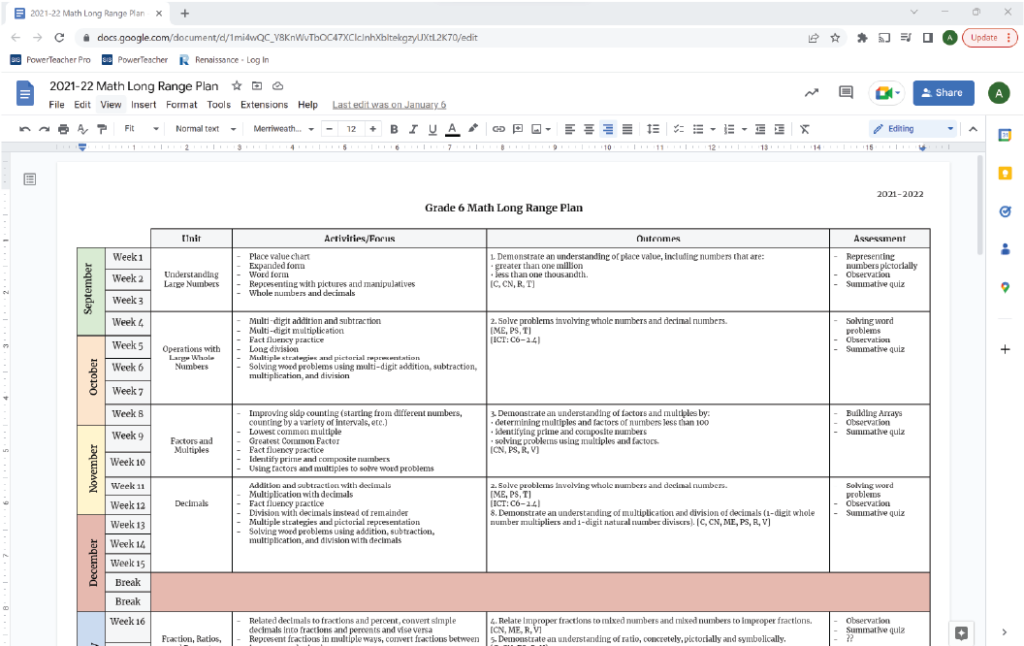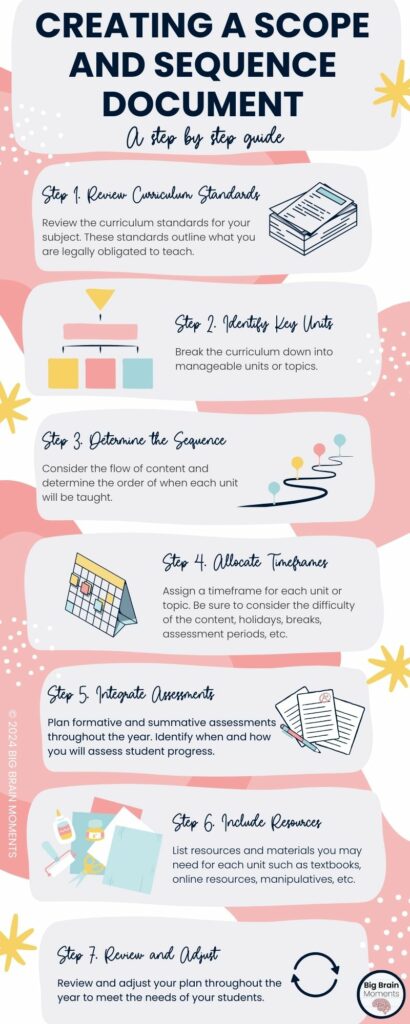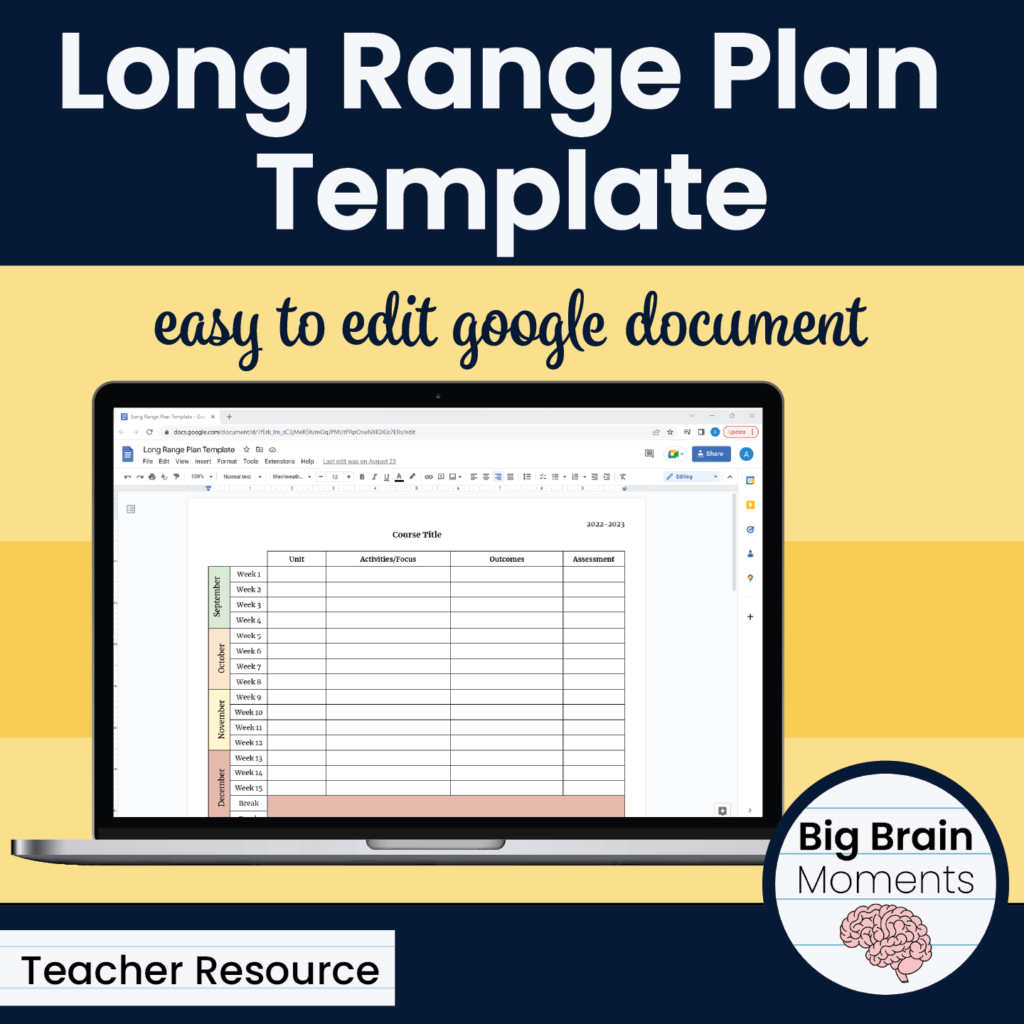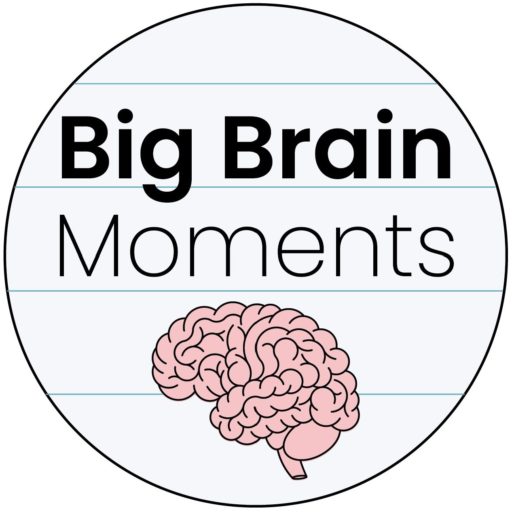As teachers, we know that having a well-organized plan is crucial for delivering effective instruction and ensuring that our students achieve their learning goals. One of the most valuable tools in our planning arsenal is the scope and sequence document (sometimes referred to as a Long Range Plan or Year Plan).
This guide will walk you through the process of creating a comprehensive scope and sequence document for any subject you teach, helping you stay organized and focused throughout the school year.
What is a Scope and Sequence Document?
A scope and sequence document outlines the content and skills that will be taught in a specific subject over a set period of time, typically a school year. The “scope” refers to the breadth and depth of the content, while the “sequence” refers to the order in which the content and skills are taught.
This document serves as a roadmap, guiding your instructional planning and ensuring that all necessary topics are covered in a logical and coherent manner.
Often your administration will ask you to submit a scope and sequence document or long range plan at the beginning of the year to ensure that you have a plan to cover all of your assigned curriculum.

Why is a Scope and Sequence Document Important?
- Organization and Clarity: It provides a clear framework for what needs to be taught and when, making it easier to plan lessons and units, ultimately saving you time in the future.
- Alignment with Standards: It ensures that your teaching aligns with district or state standards and benchmarks.
- Consistency: It promotes consistency in instruction across different classes and grade levels.
- Time Management: It helps you allocate sufficient time to each topic, avoiding the rush at the end of the year to cover everything.
- Flexibility: It allows for better anticipation of potential challenges and adjustments to the curriculum as needed.
Steps to Create a Scope and Sequence Document

1. Review Curriculum Standards
Begin by reviewing the curriculum standards for your subject. These standards outline the key concepts and skills that students are expected to learn. Familiarize yourself with these standards to ensure that your scope and sequence document is aligned with them.

2. Identify Key Units and Topics
Break down the curriculum into manageable units or topics. Identify the key concepts and skills for each unit. Think about the logical order in which these units should be taught, considering prerequisite knowledge and the progression of skills.

3. Determine the Sequence
Once you have identified the units, determine the sequence in which they will be taught. Consider the flow of content, ensuring that each unit builds on the previous one. Keep in mind the natural progression of skills and the complexity of concepts.

4. Allocate Timeframes
Assign a timeframe for each unit or topic. Be realistic about how much time each unit will require, taking into account holidays, breaks, and assessment periods. Ensure that you have enough time to cover all the necessary content without rushing.

5. Integrate Assessments
Plan for formative and summative assessments throughout the year. Identify when and how you will assess student understanding and progress. This will help you gauge whether students are meeting the learning objectives and inform any necessary adjustments to your instruction.

6. Include Resources and Materials
List the resources and materials you will need for each unit. This might include textbooks, online resources, manipulatives, and other teaching aids. Having these resources identified in advance will save you time and ensure you are prepared for each unit.

7. Review and Adjust
Review your scope and sequence document periodically throughout the year. Be flexible and willing to make adjustments as needed based on student progress and feedback. This document is a living tool that should evolve to meet the needs of your students.
Click the “Download” button to get your own copy of the full infographic for free!

Tips for Success
- Collaborate with Colleagues: Work with other teachers in your grade level or subject area to ensure consistency and share best practices.
- Use Technology: Utilize digital tools and templates to create and manage your scope and sequence document. This can make it easier to update and share. (You can find our go to template here)
- Reflect and Revise: At the end of the year, reflect on what worked well and what didn’t. Use this reflection to improve your scope and sequence for the following year.
- Incorporate Student Feedback: Gather feedback from your students about the pacing and content of the course. Their insights can be valuable in refining your document.
Conclusion
Creating a scope and sequence document is a vital step in effective curriculum planning. It provides a structured approach to teaching, ensuring that all necessary content is covered in a logical and organized manner.
By following these steps and tips, you can create a comprehensive scope and sequence document that will help you stay organized and focused throughout the school year, ultimately enhancing your students’ learning experience.
Happy planning, and here’s to a successful and organized school year!
Feel free to share your experiences and tips on creating a scope and sequence document in the comments below. Let’s learn and grow together as educators!
Looking for more resources to help with your curriculum planning? Check out my other posts for teaching resources and inspiration!


